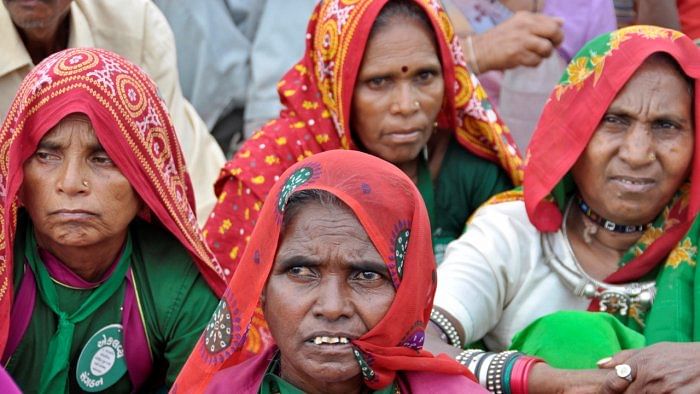
Who would ever imagine that it would be necessary to hark back to a word like tribalism and feel the need to seek out its definition in present times?
A quick dictionary check reveals that tribal loyalty could be referenced as “the exalting of one’s own group over others”.
Indians, despite and perhaps because of their diversity, are known to be as politically incorrect in their speech as Americans are known to be politically correct. Hence, we are all familiar with the stereotyping of Gujjus, Marwaris, Mallus, Mangys, Punjus, Bongs, and Amchis, not forgetting the umbrella of Northies and equally the blanket of Madrasis for all who belong south of the Vindhyas. Growing up in Bihar, one just accepted the Madrasi without even bothering to explain.
But all the above allusions were taken in light humour, and one did not think too much about the fault lines, especially because of growing up in a Tata township. Presumably, the company had hired people wisely from across the length and breadth of the country, originally with the idea of keeping down trade union activities, but what happened is that the town of Jamshedpur wound up being a microcosm of India in its most idyllic sense.
At a couple of literary festivals, it warmed my heart to hear Imtiaz Ali, the film director, who is also a denizen of the same city, endorse my feelings for Jamshedpur and its inclusive nature. In school and college, we knew the states that our friends came from but paid little attention to caste or creed. And yet the city witnessed some horrific communal riots, in one of which a Muslim friend and her family lost all their property but, by the grace of Providence, escaped with their lives. Even now, memories flood back to the remnants of half-burnt items scattered across the rooms where we would play and the walls darkened with smoke. My mother had carried bags, and into them we put all the items that were salvageable. She is no longer around, and I never wound up asking her why she exposed a little girl to such horror.
All that I realise now is that she did me a great favour, as she gave me a first-hand glimpse of what the othering of another community can do, in addition to providing a lesson on communal harmony.
The recent rioting and arson in Manipur takes one back again to the idea of tribalism, as here it is indeed two sets of tribes pitted against each other over issues that have been on the boil for many years now. Trying to make sense of it by talking to people from the region made me aware that tribal lines and loyalties run deep, as do perspectives. The stance of the “Godi Media,” as always, has been to give it a religious colouring. This probably suits the agenda of the government in power there, though it doesn’t look as if it is seizing the matter in the way that it should be.
But in the present century and under a government with a divisive agenda, there has been a new development, which one might call political tribalism. The Karnataka elections seem to have become the latest battleground for building on this tribalism, and people are being exhorted to chant “Jai Bajrang Bali” when casting their votes. It’s another matter altogether that, while Hanuman is revered, he is referred to as Anjaneya here.
What seems of significance is that a political party that has little to show for its achievements can actually dig deep to create insecurities in a majority that had felt safe for 60 years after independence. If they have succeeded, it can only be because there must be something intrinsic in human nature that draws comfort from identifying with one set of people while being ready to demonise another.
Following the election coverage in the newspapers doesn’t give much hope either. Each paper worth its salt, when covering a constituency, has broken down the numbers of the people there in terms of caste, creed, and religion, not forgetting the sub-castes and sub-sects. It has been a real eye-opener for someone who has never voted along these lines.
But perhaps there is hope. I saw it when I united with strangers during the protests against the CAA and NRC. There were touching moments when people from the minority communities came up to thank me for being there. My reply was to refer to the Constitution and We the People.
(The author is an independent writer.)